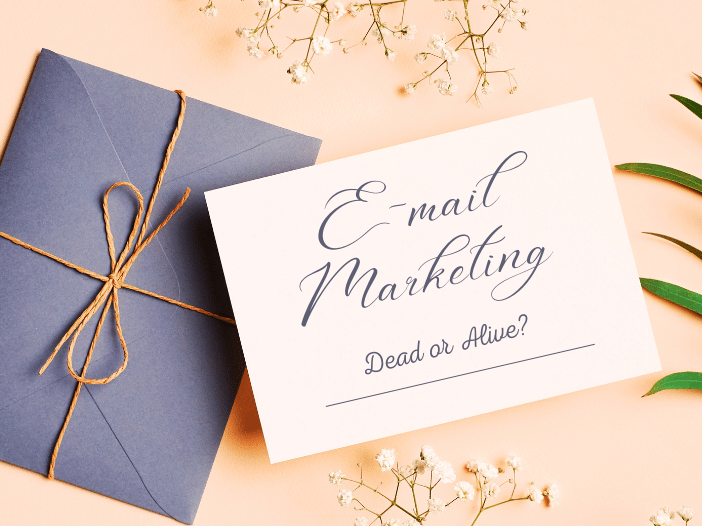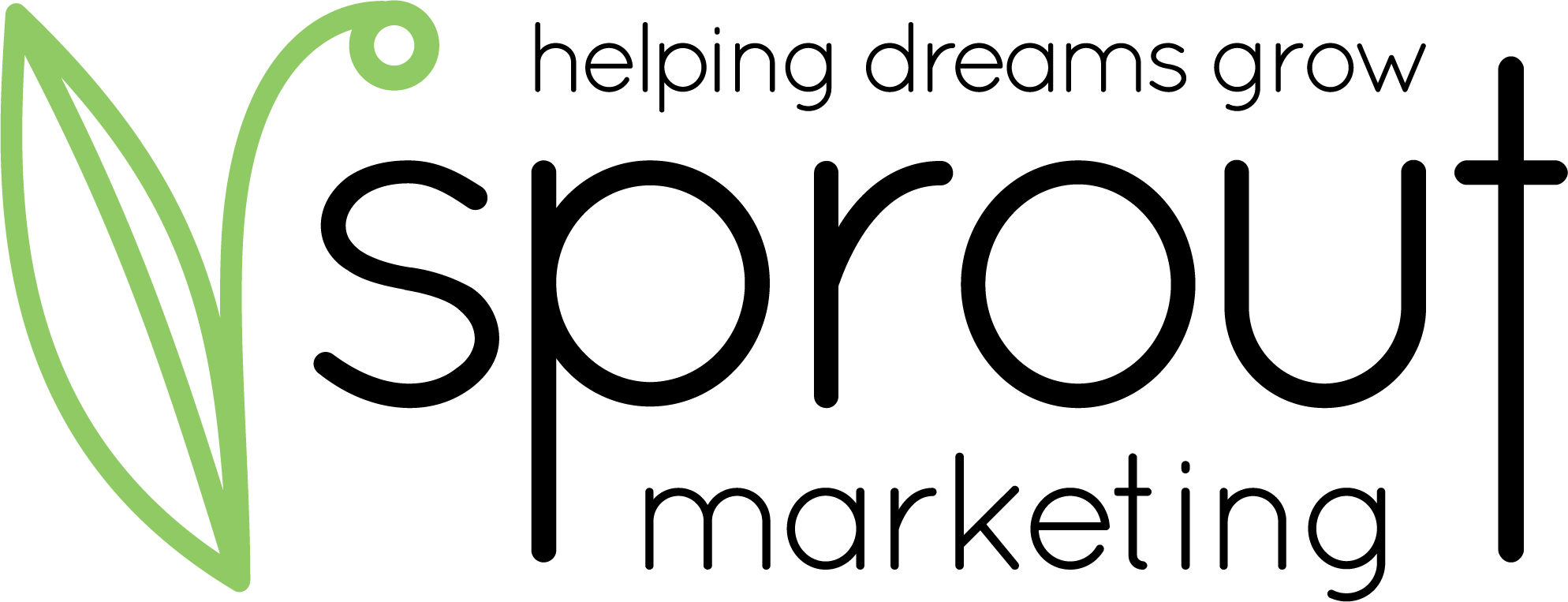
For many businesses, e-mail marketing comes in dead last as a strategy they embrace. Since e-mail dates back to the 1970s and is over five decades old, many think it’s dated and ineffective. Then, when social media emerged with the first social media site in 1997, it became the darling of digital marketing and still holds that title for businesses who are chasing the next algorithm update.
E-mail is the only channel that offers direct contact with your audience. When the pandemic hit, e-mail proved how essential this actual darling of digital marketing is to everyone’s marketing and communications plan. Organizations that needed to reach customers immediately used e-mail marketing. And what’s more, it’s evolved while many weren’t looking.
Still not convinced it’s something you should invest in? Find out why your business needs e-mail marketing now.
Widespread Usage of E-mail
Do you know someone who doesn’t have an e-mail address? Take a quick poll and find someone that fits the bill. It could be around the office, on social media, or in a group chat with your friends. Is it hard to find someone? You may come across someone who doesn’t use e-mail often, but I bet they still use it because it powers business, communication, information, and news.
Over 4 billion e-mail users exist. In fact, 92% of online adults use email, with 61% using it on an average day. The stats show that tons of e-mail users exist, and nearly everyone uses it.
Let’s compare that to Facebook since Facebook is the largest social media platform with the most users. How many people do you know without a Facebook account? I bet it was easier to make this list. 81% of all US adults have a Facebook account, and active users spend 33 minutes a day on Facebook.
High Usage
How many times do you check your e-mail per day? With the convenience of having it on my phone, I admit to checking it way more than I should. So, my best guess is 50 times a day. I have two e-mail addresses, and my work is tethered to my e-mail to service clients.
99% of e-mail users check their Inbox daily, with some checking it up to 20 times. That stat seems low to me, but I’m sure other people aren’t nearly as tied to e-mail as I am.
People Prefer E-mail
First, let’s agree on what a business might need to communicate with you about. A quick check of my Inbox resulted in a list that looks like appointment reminders, promotions, deals, news, updates, account information, orders, shipping information, bills, new products or services, and so much more. So, what’s in your Inbox?
What if those businesses couldn’t send you any of that information? Chaos might result in failed bill payments, products I would have to live without, missed appointments, orders arriving at my neighbor’s house, items randomly appearing on my doorstep, and watching the actual news on TV.
61% of consumers prefer to be contacted by brands through email, which is good news for your business. Compared to social media, the top reason people use social media is to keep up with friends and family at 67%. 24% of people say they use social media to keep up with brands and products.
Low Cost
Few costs exist to run an e-mail campaign. Many businesses need an e-mail marketing services provider such as MailChimp or Constant Contact. MailChimp is one of the few that offers a free plan of up to 1,000 e-mail sends. These providers allow you to segment your database, send at a specific time, and review performance metrics to improve your e-mail marketing. Many price their services based on the number of contacts in your database and the features you want to add.
Other costs you may incur would be to pay a contractor, freelancer, or agency to create your e-mails and campaigns and schedule them. But even with this added, the costs are still relatively low compared to other marketing methods.
High ROI
No matter how big or small your e-mail list may be, it’s still the most effective marketing channel. The average expected ROI is $40 for every $1 you spend on e-mail marketing. Please share if you have a marketing channel that gets a higher ROI. I need to hear your story.
People on your list have opted in to receive your e-mail or are a customer of yours. They already know your brand and are likelier to engage with your e-mails. Combining this with e-mail marketing’s low cost provides you with a high return.
You Own Your List
The alarm sounds. It’s 6:30, and you see the sun peeking through the window shade. You grab your phone on the bedside table to check the news, and your Twitter app doesn’t work. So, you head over to Tik Tok. Multiple videos report that Twitter closed overnight.
While this is fake news, what if Twitter, Facebook, or LinkedIn closed its doors? Don’t forget Facebook owns Instagram, so it’s gone too. All that hard work you’d invested in lost followers. Remember MySpace, Four Square, or Google+? These once-hot platforms fizzled when their time ran out, and people found the next shiny object, or app in this case.
Social media should be a virtual handshake to invite people to engage with you and build a relationship via e-mail. Once you have their e-mail address, you can contact them on your terms. You’re in control of what you send, when you send it, and who it goes to. Want to switch e-mail marketing service providers? No problem, just download the list and upload the file with the new provider.
On social, you’re held hostage to the algorithm, its terms of service and policies, and new and discontinued features. These are companies with their own goals that may and may not align with yours.
High-Speed Deployment
You can type and send an e-mail at lightning speed, if and when needed, but maybe with a bit of sacrifice on the format, exact wording, or visual look. Of course, typically, businesses prepare drafts, review them amongst the team, edit, make revisions, review further drafts, and revise until the perfect message gets crafted. That’s great – when you have time. However, when time’s not on your side, write, proofread, and hit send. Communicating a message may precede the perfect words, style, and format.
E-mail Equals Sales
Have you ever bought something from an e-mail you received? Unfortunately, I fall victim to this ALL THE TIME. I shop daily by reading e-mails to discover what I can’t live without and am not alone. 50% of people buy from marketing e-mails at least once per month.
From new products and service announcements to abandoned cart reminders, promotions, deals, special offers, and more, e-mails can inform or create urgency for customers to buy from brands. Even service-based businesses can create sales through e-mail. Service reminders, account notifications, new offers, and more can close a sale or spark interest.
Nurtures Relationships
People are at different stages in the sales funnel. The funnel spans from awareness to consideration to the final stage, decision. If your audience is in the awareness phase and isn’t ready to buy or work with you now, your e-mail keeps your brand top-of-mind, delivers value, and builds a relationship with people. It still provides your business with many positive benefits besides direct, immediate sales. People buy from other people they know, like, and trust. So, when your audience is ready to buy, they’ll think of you.
Easy to Personalize
Compared to other marketing channels, e-mail is one of the easiest to personalize. Have you ever seen a Facebook ad, Google ad, website landing page, or billboard with your name on it? If so, please share. Now, you may have received a text message or piece of junk mail showcasing your name.
In the same way you considered other channels, how many e-mails have you received from brands with your name on them? Check your inbox now. A quick scan of my inbox resulted in one email – my cat’s reminder annual check-up. They accurately used my name and hers in the reminder e-mail. Great job to her veterinarian! The rest missed an opportunity. Seeing your name gets your attention. That’s all it takes to get you to stop scanning your Inbox and open an e-mail.
Test Away
Almost every e-mail platform offers testing options. You can test subject line open rates, e-mail design, and content with the right plan. The pricing of your plan provides you with upgraded features.
Typically, you can A/B test or create a multivariate testing scenario. You’d make the two separate subject lines in an A/B testing scenario for a subject line. Then, the platform sends one subject line to a sampling of your audience and the other subject line to another sample size, but about the same number as the other group. The subject line with the highest open rate wins.
E-mail Promotes and Distributes Content
If someone misses your social media post or blog article, your weekly or monthly e-mail can catch them up on what’s happening. In addition, you can feature content from almost any source by embedding links to blogs, social media platforms, whitepapers, case studies, products, videos, and more or by providing snippets of content from these sources.
Make e-mail marketing an essential part of how you share and distribute content. It reinforces what you’ve shared and gets more eyes on your content from an already engaged audience because they’ve opted into your e-mails.
While newer, shinier marketing channels continue to pop up, e-mail marketing is far from dead. Even today, it’s evolved from what it was five or even ten years ago. Are you using some of the newer features to make your campaigns effective? Do you have a budget for e-mail marketing? If not, reevaluate your plan and adjust. Your wallet will thank you for it.
Leave me your thoughts on how you plan to adjust your e-mail marketing. As always, contact me if you have any questions!
Ready, set, grow!
All my best,


Leave a Reply